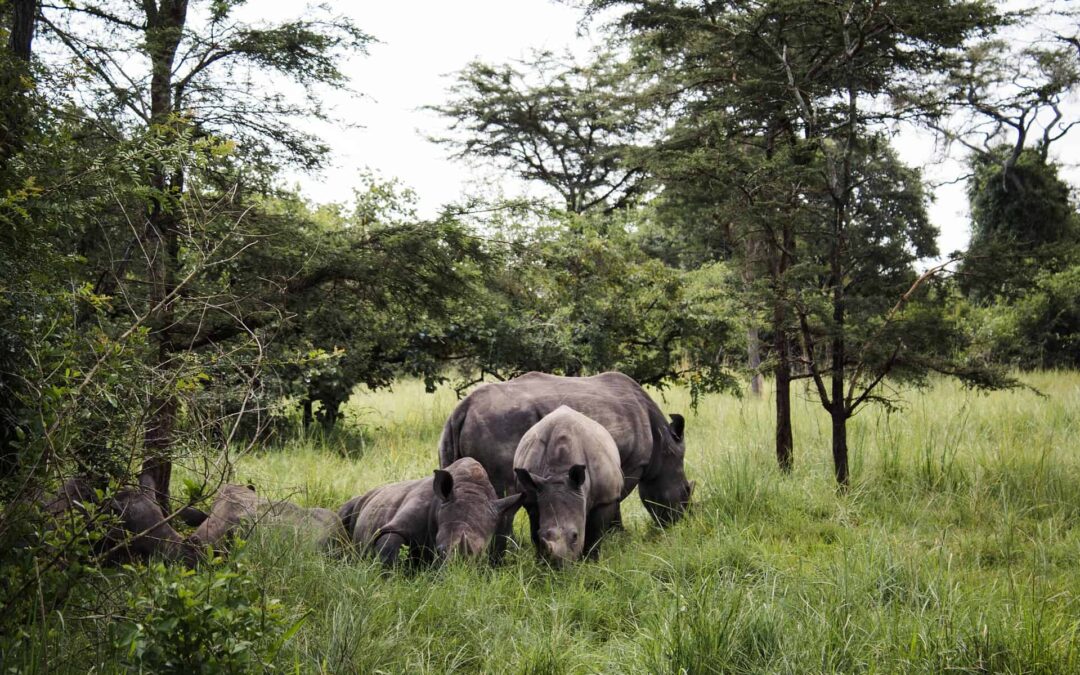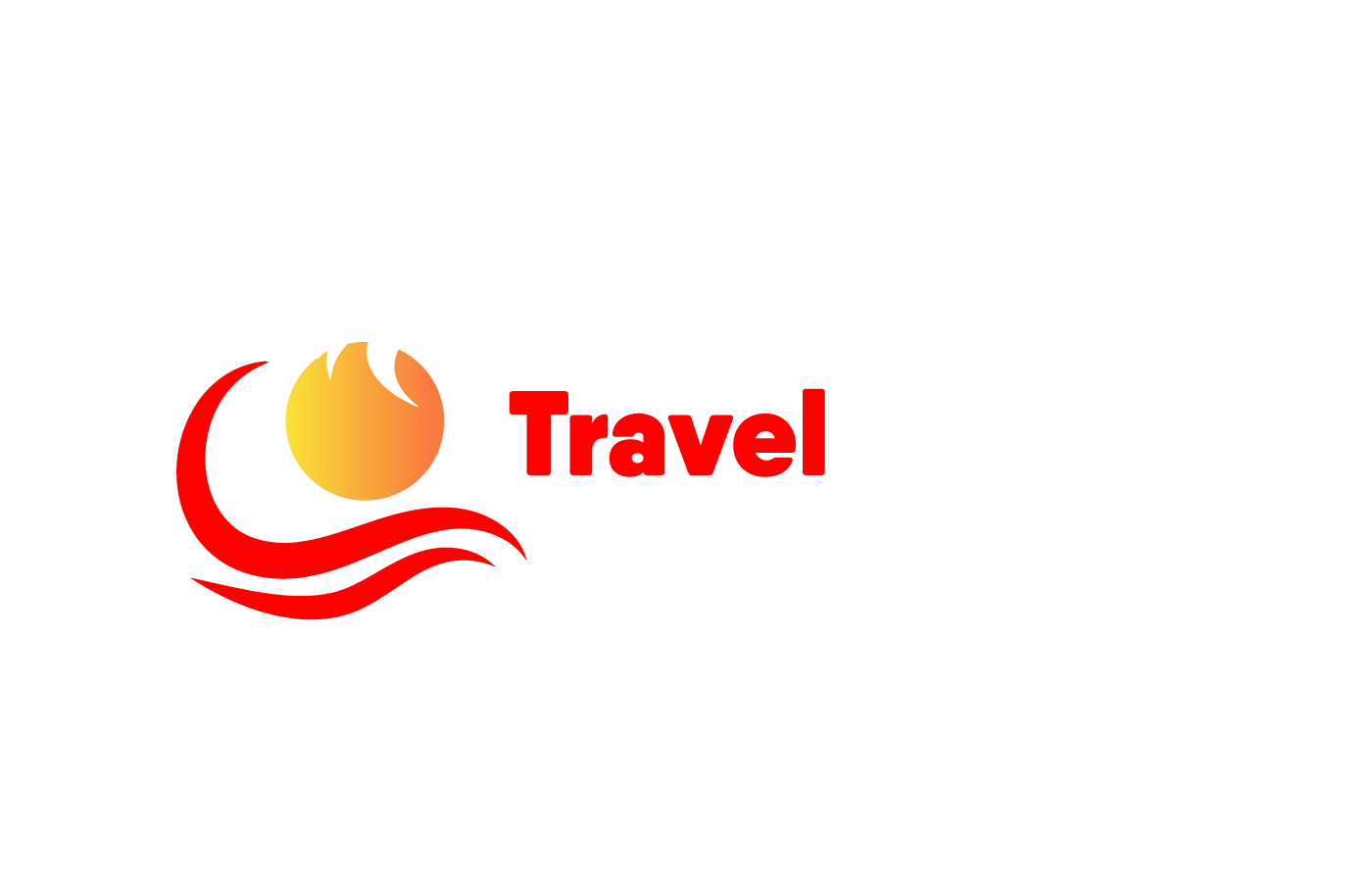Planning a safari in Uganda? Going on a safari in Uganda offers an incredible opportunity to explore the country’s diverse tourist destinations.
From the dense Bwindi Impenetrable Forest National Park and Mgahinga National Park in the southwestern part, famous for their mountain gorillas, to the remote Kidepo Valley National Park in the northeast’s Kaabong district, each location promises unique adventures.
In the northwestern part of Uganda, you’ll find Murchison Falls National Park, renowned for the world’s most powerful waterfalls and an abundance of wildlife species. The western region of Uganda is home to spectacular national parks such as Mount Rwenzori, Queen Elizabeth, Semuliki, and Kibale Forest National Park, which is celebrated for its chimpanzee population.
Another gem is Mount Elgon National Park, located on the Uganda-Kenya border. It is known for housing the country’s second-tallest mountain and offers breathtaking landscapes. Besides national parks, Uganda is dotted with numerous game reserves worth visiting, such as Pian Upe, Bukora, Bugungu, Ajai, Kabwoya, and Katonga Wildlife Reserve, to name just a few.
Whether you’re a wildlife enthusiast, a nature lover, or simply seeking adventure, a Ugandan safari presents a rich tapestry of experiences. Keep reading for our essential tips for planning your safari in Uganda, ensuring your journey is as unforgettable as the destinations themselves.
What to Pack for a Uganda Safari
Packing for a Uganda safari is crucial, whether it’s your first adventure or you’re a seasoned traveler. To ensure a memorable and enjoyable experience, it’s important to bring the right gear and essentials. The items you pack should reflect the activities you plan to do and the time of year you’re visiting.
Essentials for Your Safari Packing List:
- Luggage Bag: Choose a durable one to withstand the journey.
- Waterproof Gear: A day backpack, a drug bag, and a document bag are essential to keep your items dry.
- Footwear: Waterproof hiking shoes, sandals, and sneakers for different terrains and activities.
- Clothing: Invest in long cotton socks, rain jackets, umbrellas, long-sleeved pants, long-sleeved shirts, and a hat for protection against the sun and rain.
- Extras: Don’t forget gaiters for walking through bushy areas, gardening gloves for handling equipment, and a sleeping bag for chilly nights.

Additional Items:
- Protection: Sunglasses, sunscreen, and insect repellent to keep you safe from the sun and bugs.
- Tools: A flash torch with spare batteries, a drinking water bottle, water purification tablets, and a walking stick for stability.
- Health and Comfort: Bring painkillers, ear plugs, toiletries, and energy-giving snacks to keep you comfortable and energized.
- Entertainment and Memories: Pack a camera (with extra batteries), a pair of binoculars, headphones, a solar power bank, a notebook, and a pen to capture and record your experiences.
Packing smartly for your Uganda safari can enhance your adventure, making it more enjoyable and stress-free. With the right preparations, you’re set for an unforgettable journey through Uganda’s stunning landscapes and wildlife.
Related: How Much Does a Uganda Safari Cost?
Where to Stay on a Uganda Safari?
While on a Uganda safari, there are so many accommodation facilities where you can stay for a night or nights. Each tourist destination has got accommodation facilities that range from budget to mid-range to luxury options, and where to stay depends on the traveler’s budget.
- Ziwa Rhino Sanctuary: Amuka Safari Lodge (luxury/mid-range), Ziwa Rhino Camp (Budget)
- Murchison Falls National Park: Paraa Safari Lodge (luxury), Pakuba Safari Lodge (mid-range), Fort Murchison Lodge (budget)
- Kibale Forest National Park: Turaco treetop (luxury), Isunga Lodge (mid-range), Kibale Forest Camp (budget)
- Queen Elizabeth National Park: Mweya Safari Lodge (luxury), Buffalo Safari Lodge (mid-range), Bush Lodge (budget)
- Bwindi Impenetrable Forest National Park: Mahogany Springs Lodge (luxury), Bakiga Lodge (mid-range), Bwindi Forest Lodge (budget)
- Mgahinga National Park: Gahinga Lodge (Luxury), Lake Mulehe Safari Lodge (mid-range/budget)
- Lake Mburo National Park: Mihingo Lodge (luxury), Rwakobo Lodge (mid-range/Budget)
Consult with your local tour operator, who can assist in selecting the ideal accommodation tailored to your itinerary.
Get in touch with Africa Adventure Vacations to book your safari in Uganda. They will advise on the best accommodation and plan your entire safari for you!
Safety on a Uganda Safari
Being cautious about the safety of an area before visiting is completely normal. Uganda is known for its safety regarding tourism safaris, making it a secure destination for visitors. The country has enjoyed peace for several years, establishing itself as a safe haven for travelers. Additionally, Ugandans are known for their friendly and welcoming nature, ensuring that tourists feel right at home.
Those planning to visit Uganda should be reassured that the country is safe for all kinds of activities. National parks across Uganda are well-regulated and equipped with security measures to ensure the safety of visitors. Tourists are encouraged to adhere to the various rules and regulations in each park, which are designed to protect both them and the wildlife.
To further enhance safety, armed ranger guides are deployed in national parks to protect the animals and visitors. When participating in park activities, tourists are accompanied by these guides, who provide protection against potential dangers. During boat cruises, the use of life jackets is mandatory to ensure everyone’s safety throughout the activity.
Security checks are conducted at the entrances of national parks, where personnel inspect vehicles for any potentially dangerous items. Lodges where tourists stay employ well-trained security personnel to prevent any incidents of wildlife posing a threat to guests, even if animals wander close to the lodges.

When Is the Best Time to Go on Safari in Uganda?
Uganda’s charm doesn’t wane with the seasons, thanks to its pleasant tropical climate, making it a year-round destination for visitors. Regardless of when you choose to visit, Uganda’s doors are open daily for various tourism activities. However, the ideal time for a safari largely depends on what you’re looking to experience.
Uganda experiences two main weather patterns: the dry seasons, running from June to September and December to February, and the rainy seasons, from March to May and October to November. The dry periods feature minimal rainfall and abundant sunshine, while the rainy seasons see heavier rainfall and less sunshine.
The Dry Season
The dry season is the peak time for tourists, offering excellent conditions for wildlife safaris, chimpanzee and gorilla trekking, hiking, and boat cruises. Trails are dry and more navigable, mountain hikes are less slippery, and the shorter, sparser vegetation provides clearer views of wildlife. Additionally, roads to parks are in better condition, enhancing accessibility.
During the dry season, animals tend to gather around water sources, making it an exceptional time for wildlife viewing. National parks with boat cruises offer great opportunities to see animals along the shores of lakes and rivers.
A special note for birdwatchers: Bird enthusiasts might find November to April especially rewarding, as migratory birds arrive, increasing the variety of species observable. This period also coincides with many plants fruiting, offering plenty of food for birds.
Related read: Best Places for Bird Watching in Uganda
The Rainy Season
While the dry season is popular, the rainy season has its perks, such as fewer crowds and discounted safari packages, making it appealing for budget travelers and those preferring solitude. Lodges and tour operators often lower prices during this period. However, visitors should be prepared for rain, which can occasionally delay activities. Rapid vegetation growth during these months may also obscure some views of wildlife.
While the dry season is generally the best time for safaris in Uganda, the rainy season presents unique advantages, especially for those looking for deals or to avoid crowds. Each season offers a distinct experience, inviting visitors to explore Uganda’s natural beauty throughout the year.

Wrapping Up Your Safari Planning Journey
Planning a safari in Uganda is all about adventure and seeing incredible places. Uganda has lots of cool spots, from thick forests full of gorillas to wide-open valleys. Whether you like watching animals, hiking, or just exploring, knowing what to pack and when to go makes the trip even better.
You can visit any time of the year, but some months are perfect for seeing animals and enjoying the outdoors. Talking to safari experts like Africa Adventure Vacations can help you plan the best trip. Uganda isn’t just a place to visit; it’s full of amazing stories and friendly people waiting to say hello.



Recent Comments